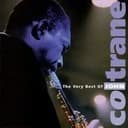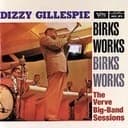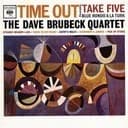Understanding the E Bebop Dominant Scale Structure
The E bebop dominant scale follows the interval formula of 2-2-1-2-2-1-1-1 semitones, producing the notes E, F#, G#, A, B, C#, D, and D#. The chromatic passing tone (D#) bridges the gap between the characteristic dominant flat seventh (D natural) and the octave E, creating the eight-note structure that allows chord tones to fall on strong beats during eighth-note improvisation. This rhythmic alignment makes the bebop dominant scale particularly effective for creating authentic bebop lines that emphasize harmonic structure while maintaining melodic fluidity.
Application Over E7 Chords in Jazz Standards
The E bebop dominant scale serves as the primary improvisational tool over E7 (E dominant seventh) chords in jazz contexts. When soloing over E7 chords in tunes like "Night in Tunisia" (which features E7 dominant harmony), "Summertime" (in A minor with E7 as the dominant), or "Cantaloupe Island" (with E7 funk harmony), jazz pianists use the E bebop dominant scale to create lines that outline the E-G#-B-D chord structure while incorporating characteristic bebop chromaticism and rhythmic precision.
Piano Practice and Technical Development
For effective piano practice of the E bebop dominant scale, use consistent fingering patterns. In the right hand ascending from E, practice: 1(E)-2(F#)-3(G#)-1(A)-2(B)-3(C#)-4(D)-1(D#)-2(E). Set your metronome to 60-80 BPM and practice the scale in strict eighth notes, deliberately emphasizing chord tones (E, G#, B, D) on downbeats. This downbeat emphasis drill trains your ear to hear the harmonic structure within the scalar movement, a critical skill for jazz improvisation. Progress to various rhythmic groupings and practice the scale through different octaves.
Harmonic Applications and Progressions
The E bebop dominant scale finds frequent application in jazz ii-V-I progressions where E7 functions as the dominant (V) chord. In the key of A major or A minor, the progression F#m7(b5)-E7-Am provides the perfect context for employing this scale. The scale also works effectively in blues progressions and in modal contexts where E7 harmony is sustained for extended periods, allowing improvisers to explore bebop chromaticism while maintaining strong harmonic grounding.
Relationships to Other E Scales
The E bebop dominant scale shares its foundational structure with the E Mixolydian mode, differing only by the addition of the major seventh (D#) chromatic passing tone. The E bebop major scale serves as the parallel bebop scale with a major scale foundation. Jazz pianists develop fluency with multiple dominant scale options including E bebop dominant, E Mixolydian, E altered, and E whole tone, learning to choose the appropriate scale based on harmonic context and desired level of tension or consonance.





